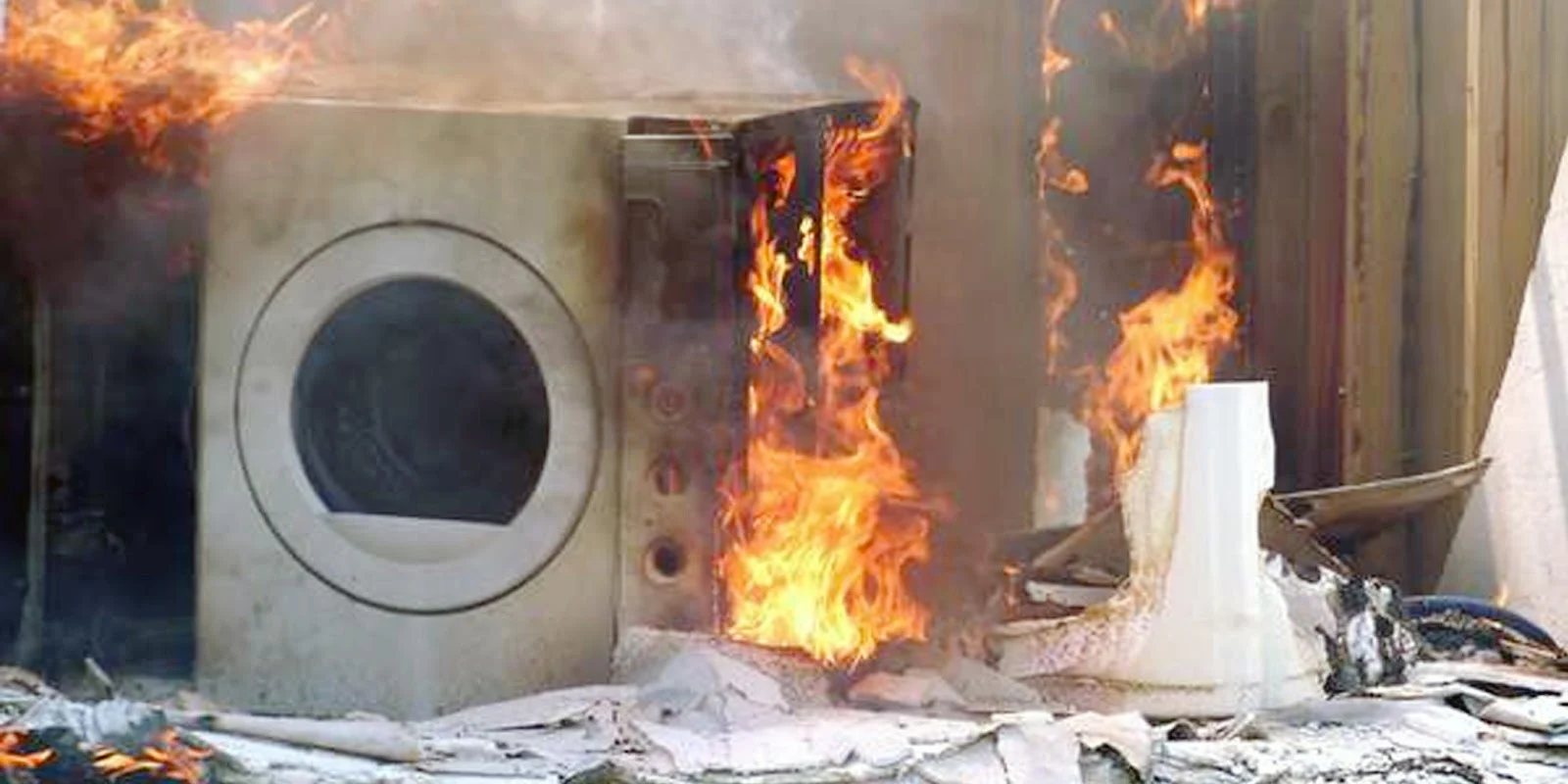

Articles
Can A Dryer Catch Fire When Off
Modified: February 28, 2024
Learn about the potential fire risks of a dryer, even when it's turned off, in this informative article. Stay informed and keep your home safe!
(Many of the links in this article redirect to a specific reviewed product. Your purchase of these products through affiliate links helps to generate commission for Storables.com, at no extra cost. Learn more)
Introduction
A clothes dryer is a convenient appliance that many of us rely on to quickly and efficiently dry our laundry. While dryers are considered safe when used correctly, there is always a potential risk of fire. Most people are aware of the fire hazards associated with a dryer while it is in use, but what about when the dryer is turned off? Can a dryer catch fire even when it is not in operation?
In this article, we will explore the risks of fire when a dryer is off and discuss the potential causes of such incidents. We will also provide some preventive measures to help reduce the risk of fire hazards related to dryers.
Understanding the inner workings of a dryer is essential to grasp the potential risks involved. When you start a drying cycle, the dryer heats up air and circulates it through the drum, where the wet clothes tumble and the moisture evaporates. The hot, moist air then escapes through the vent system to the outside. This process continues until the clothes are dry. But what happens when the dryer is not in use?
Key Takeaways:
- Regularly cleaning the lint trap, exhaust vents, and ducts is crucial to prevent lint buildup and reduce the risk of fire hazards associated with dryers, even when they are turned off.
- Practicing caution with flammable materials, inspecting and maintaining electrical components, and following manufacturer’s instructions are essential preventive measures to minimize the risk of fires when the dryer is not in use.
Understanding How a Dryer Works
To understand the potential fire hazards when a dryer is turned off, it is crucial to have a basic understanding of how a dryer works. A typical dryer consists of several key components that work together to dry your clothes effectively.
The first component is the drum, where you place your wet clothes. The drum rotates as the dryer operates, allowing the wet clothes to tumble and facilitating even drying. Inside the drum, there is a heating element or gas burner that generates heat to warm the air.
As the drum rotates, the heated air is forced through the clothes, absorbing the moisture. A fan, typically located at the back of the dryer, circulates the air within the drum to ensure thorough drying. The moist air is then expelled through a vent system, which leads it outside your home.
Now that we have a basic understanding of how a dryer works, let’s explore the potential fire hazards associated with this appliance.
Potential Fire Hazards
While dryers are generally considered safe, there are several potential fire hazards that can arise if certain conditions are not met. Understanding these hazards is crucial to ensure the safe operation of your dryer and prevent any fire-related incidents.
One common fire hazard is lint buildup. As the dryer runs, lint from your clothes can accumulate in various parts of the dryer, including the lint trap, exhaust vents, and ductwork. If not cleaned regularly, this accumulated lint can restrict the airflow, causing the dryer to overheat. The heat, combined with the highly flammable nature of lint, can lead to a fire.
Another hazard is electrical malfunctions. Dryers rely on electrical components, such as heating elements, motors, and wiring, to operate. Over time, these components can wear out or become damaged, increasing the risk of an electrical short circuit or overheating. Faulty electrical connections or improper installation can also contribute to these malfunctions.
Inadequate ventilation is another potential fire hazard. A dryer requires proper ventilation to expel the hot, moist air generated during the drying process. If the vent system is clogged or obstructed, the air cannot flow freely, causing heat to build up inside the dryer. This can lead to overheating and potential fire hazards.
Additionally, flammable materials placed near or on top of the dryer can increase the risk of fire. Items such as cleaning supplies, chemicals, or flammable fabrics should be stored away from the dryer to prevent accidental ignition.
The Risk of Fire When the Dryer is Off
Many people assume that the risk of fire associated with a dryer disappears once it is turned off. However, it is essential to note that the potential for fire still exists even when the dryer is not in operation.
One significant factor that contributes to the risk of fire when the dryer is off is the presence of accumulated lint. Lint is not only a hazard when the dryer is in use but can also pose a fire risk when it remains inside the dryer when not in use. Over time, lint can collect in various parts of the dryer, including the lint trap, exhaust vents, and ductwork. If enough lint accumulates and comes into contact with a heat source, such as a heating element or hot motor, it can ignite and start a fire.
Another factor that increases the risk of fire when the dryer is off is the potential for electrical malfunctions. As mentioned before, dryers rely on electrical components to operate. These components can become damaged or worn over time, increasing the risk of an electrical short circuit or overheating, even when the dryer is not in use. Problems with the electrical connections or improper installation can exacerbate these issues.
In some cases, the risk of fire when the dryer is off can be related to external factors. For example, if a power surge occurs while the dryer is not being used, it can cause electrical components to malfunction, leading to a potential fire hazard. Additionally, if flammable materials are stored near the dryer, such as cleaning supplies or chemicals, they can ignite if exposed to heat or electrical sparks.
It is important to recognize that although the risk of fire may be lower when the dryer is off, it is not completely eliminated. Taking preventive measures and practicing proper dryer maintenance are crucial to minimize the chances of a fire occurring.
Clean the lint trap after every use to prevent buildup and reduce the risk of a fire, even when the dryer is off. Regular maintenance and inspection of the venting system is also important to ensure safety.
Causes of Fires When the Dryer is Off
When a dryer is not in use, there are several potential causes that can lead to a fire. Understanding these causes can help you take the necessary precautions to prevent fire-related incidents.
One common cause of fires when the dryer is off is a buildup of lint. As mentioned earlier, lint can accumulate in various parts of the dryer, including the lint trap, exhaust vents, and ductwork. When the dryer is not in use, the lint can continue to accumulate, especially if regular cleaning and maintenance are not performed. Over time, a significant buildup of lint can provide ample fuel for a fire if it comes into contact with a heat source, such as a heating element or a hot motor.
Another potential cause of fires is an electrical malfunction. Dryers rely on electrical components to function, and these components can experience wear and tear over time. Loose or damaged wiring, faulty electrical connections, or worn-out components can increase the risk of an electrical short circuit or overheating, even when the dryer is not in use. These electrical malfunctions can create sparks or generate heat, potentially leading to a fire.
External factors can also contribute to fires when the dryer is off. Power surges, for instance, can occur unexpectedly and cause electrical components to malfunction, increasing the risk of fire. If the dryer is located in an area where flammable materials are stored, such as cleaning supplies or chemicals, the proximity of these materials to the dryer can pose a fire hazard. If exposed to excessive heat or electrical sparks, these flammable materials can ignite, leading to a fire.
Ultimately, it’s important to understand that even when the dryer is not in use, there can still be potential fire risks. Regular cleaning and maintenance, along with being mindful of the presence of flammable materials, can greatly reduce the likelihood of a fire occurring when the dryer is off.
Read more: What To Do If Air Fryer Catches Fire
Preventive Measures to Reduce Fire Risks
Reducing the risk of fire when the dryer is off requires taking preventive measures and implementing good maintenance practices. By following these guidelines, you can significantly minimize the chances of a fire-related incident.
- Clean the lint trap: Regularly clean the lint trap before or after each use. Removing lint from the trap allows for proper airflow and reduces the risk of lint accumulation.
- Clean the exhaust vents and ducts: On a regular basis, clean the exhaust vents and ducts to prevent lint build-up. These obstructions can restrict airflow and increase the risk of a fire.
- Inspect and clean the dryer vent system: Ensure the entire dryer vent system, including the dryer vent duct and outdoor vent cap, is free from debris and lint. Consider hiring a professional to clean the vent system annually.
- Keep the area around the dryer clear: Avoid storing flammable materials near the dryer. Combustible items such as cleaning supplies or chemicals should be kept at a safe distance from the dryer.
- Install a smoke alarm: Install a smoke alarm near the laundry area to provide early detection of any potential fire. Test the smoke alarm regularly to ensure it is functioning correctly.
- Do not overload the dryer: Avoid overloading the dryer with too many clothes. Overloading can impede proper airflow, leading to overheating and potential fire hazards.
- Inspect and maintain electrical components: Regularly inspect the electrical components of the dryer for any signs of wear, damage, or loose connections. If you notice any issues, contact a professional for repairs.
- Use caution with gas dryers: If you have a gas dryer, ensure that the gas line and connections are in good condition. If you smell gas or suspect a gas leak, immediately turn off the gas supply and contact the gas company.
- Follow manufacturer’s instructions: Always follow the manufacturer’s guidelines for operating and maintaining your specific dryer model. Pay attention to any recommended maintenance tasks and safety precautions.
By implementing these preventive measures and practicing regular maintenance, you can significantly reduce the risk of fire when the dryer is off. Remember, fire prevention is crucial for the safety of your home and loved ones.
Importance of Regular Dryer Maintenance
Regular dryer maintenance is of utmost importance for both the efficiency and safety of your appliance. By keeping up with regular maintenance tasks, you can ensure that your dryer operates optimally and minimize the risk of fire hazards.
One crucial aspect of regular maintenance is cleaning the lint trap before or after each use. Lint buildup not only impedes the dryer’s performance but also poses a significant fire risk. When lint accumulates, it restricts airflow, causing the dryer to work harder and potentially overheat. By consistently cleaning the lint trap, you reduce the chances of lint igniting and starting a fire.
In addition to cleaning the lint trap, it’s essential to clean the exhaust vents and ducts regularly. Over time, lint can find its way into these areas, causing obstructions that can impede airflow and increase the risk of a fire. By periodically cleaning the exhaust vents and ducts, you ensure that the hot, moist air generated by the dryer can escape freely, reducing the risk of overheating and potential fire hazards.
Regularly inspecting and cleaning the entire dryer vent system is also crucial. This includes the dryer vent duct and the outdoor vent cap. Any blockages in the vent system can lead to heat buildup and potential fire risks. Consider hiring a professional to clean the vent system thoroughly at least once a year to ensure that it is free from obstructions.
Maintaining the electrical components of the dryer is another critical aspect of regular maintenance. Over time, electrical components can deteriorate, leading to malfunctions and an increased risk of fire. Regularly inspect the wiring, heating element, thermostat, and other electrical connections to identify any signs of wear, damage, or loose connections. If you notice any issues, contact a professional for repairs to maintain the safety and functionality of your dryer.
By following the manufacturer’s instructions and guidelines for your specific dryer model, you ensure that you are using and maintaining the appliance correctly. These instructions often include important information about safety precautions, recommended maintenance tasks, and troubleshooting. Familiarize yourself with these guidelines to ensure the safe and efficient use of your dryer.
Regular dryer maintenance is an investment in the longevity and safety of your appliance. By keeping up with cleaning tasks, inspecting electrical components, and following manufacturer’s instructions, you can significantly reduce the risk of fire and ensure that your dryer operates efficiently for years to come.
Conclusion
A clothes dryer is a convenient appliance that many of us rely on for quickly drying our laundry. While dryers are generally safe to use when proper precautions are taken, there is always a potential risk of fire. This risk extends beyond the times when the dryer is in operation and can still exist even when the dryer is turned off.
Lint buildup and electrical malfunctions are common causes of fires when the dryer is off. Lint can accumulate in various parts of the dryer and, when combined with a heat source, such as a heating element or hot motor, can ignite and start a fire. Meanwhile, electrical malfunctions, loose connections, and worn-out components can lead to sparks or overheating, contributing to the risk of fire.
Preventive measures are essential in reducing fire risks associated with dryers. Regular maintenance tasks, such as cleaning the lint trap and exhaust vents, are crucial to ensure proper airflow and prevent lint accumulation. Inspection and maintenance of electrical components, as well as practicing caution with flammable materials, further minimize fire hazards.
Regular dryer maintenance should not be overlooked. By dedicating time to clean lint traps, exhaust vents, and ducts, you can prevent potential fire hazards. Additionally, inspecting and maintaining electrical components and following manufacturer’s instructions contribute to safe and efficient dryer operation.
Remember, fire prevention is a shared responsibility, and taking the necessary precautions is essential for the safety of your home and family. By understanding the potential fire risks, implementing preventive measures, and maintaining your dryer regularly, you can enjoy the convenience of your appliance while minimizing the chances of a fire-related incident.
Stay proactive, stay safe!
Frequently Asked Questions about Can A Dryer Catch Fire When Off
Was this page helpful?
At Storables.com, we guarantee accurate and reliable information. Our content, validated by Expert Board Contributors, is crafted following stringent Editorial Policies. We're committed to providing you with well-researched, expert-backed insights for all your informational needs.
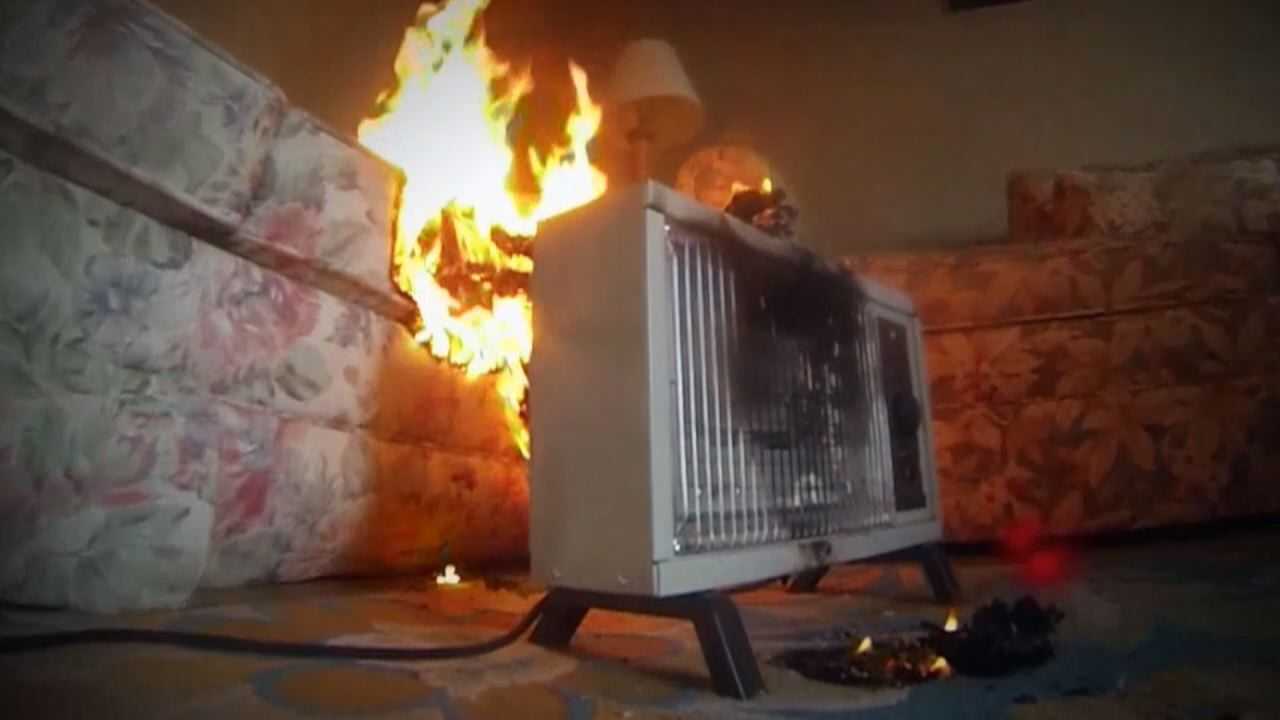
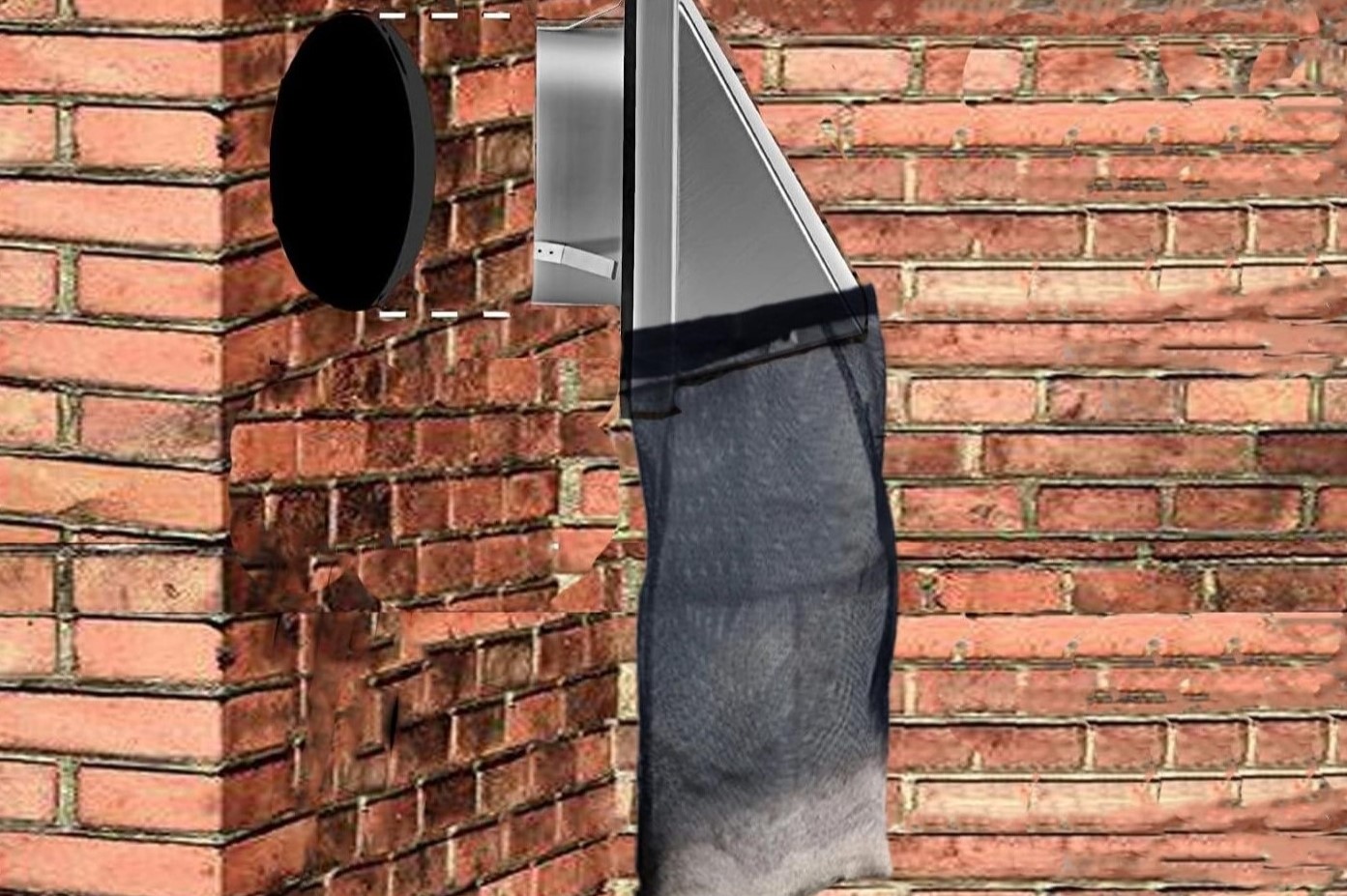
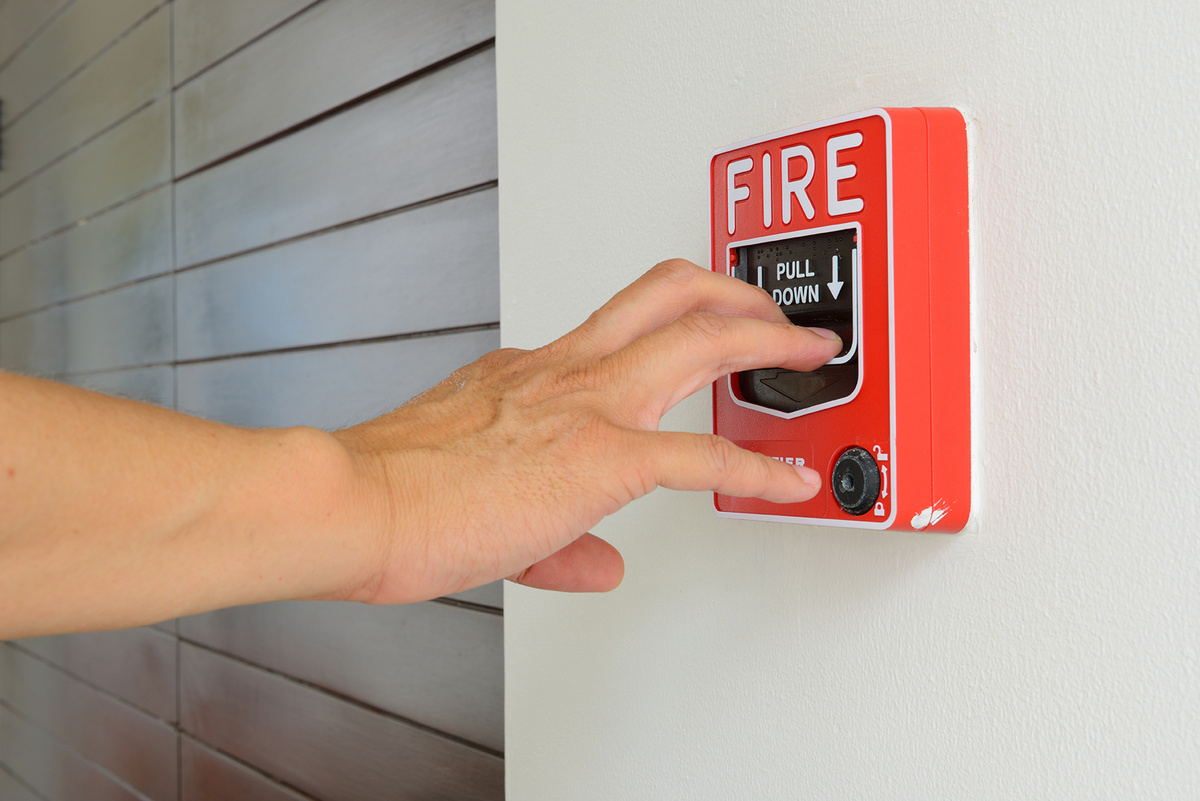




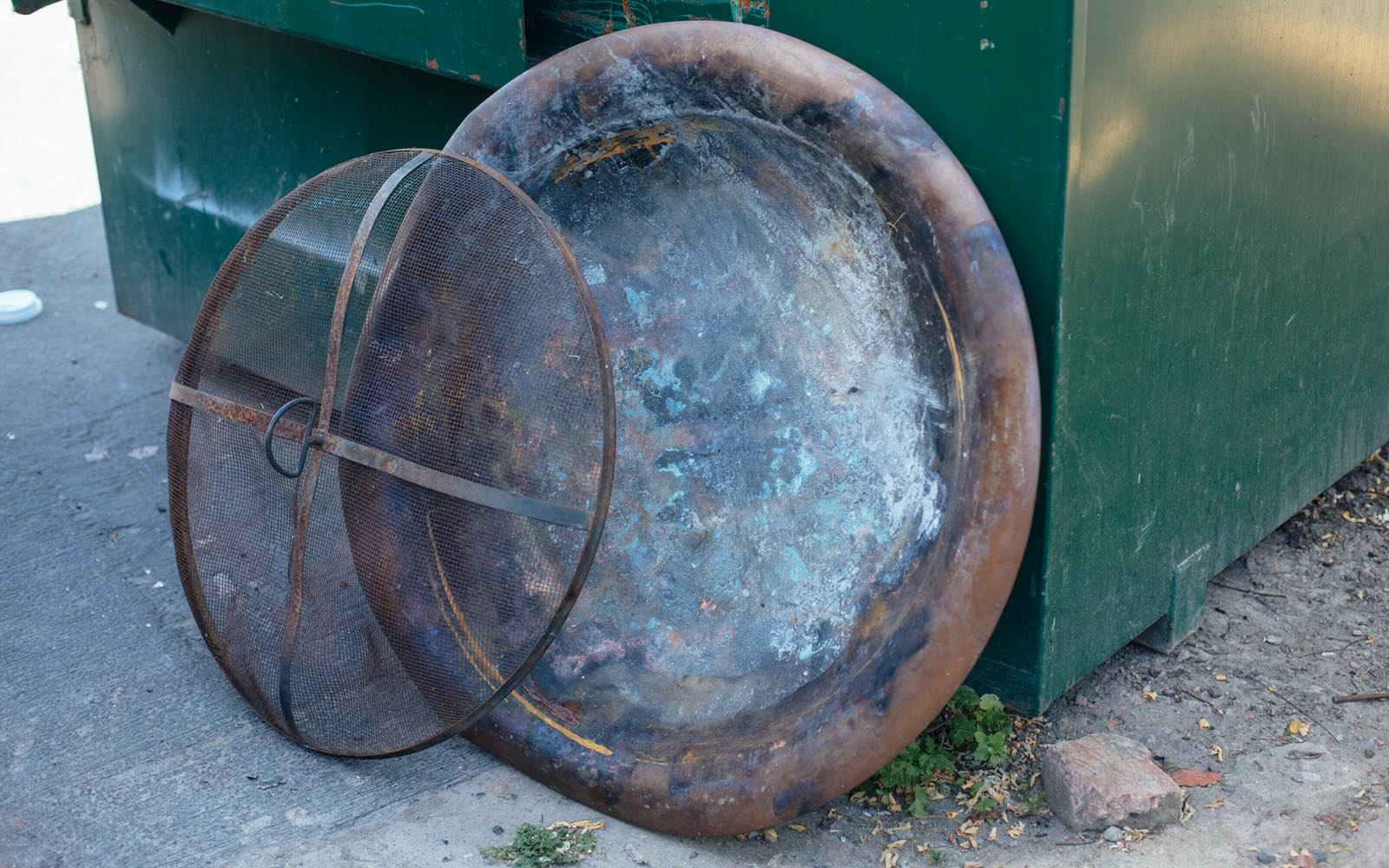
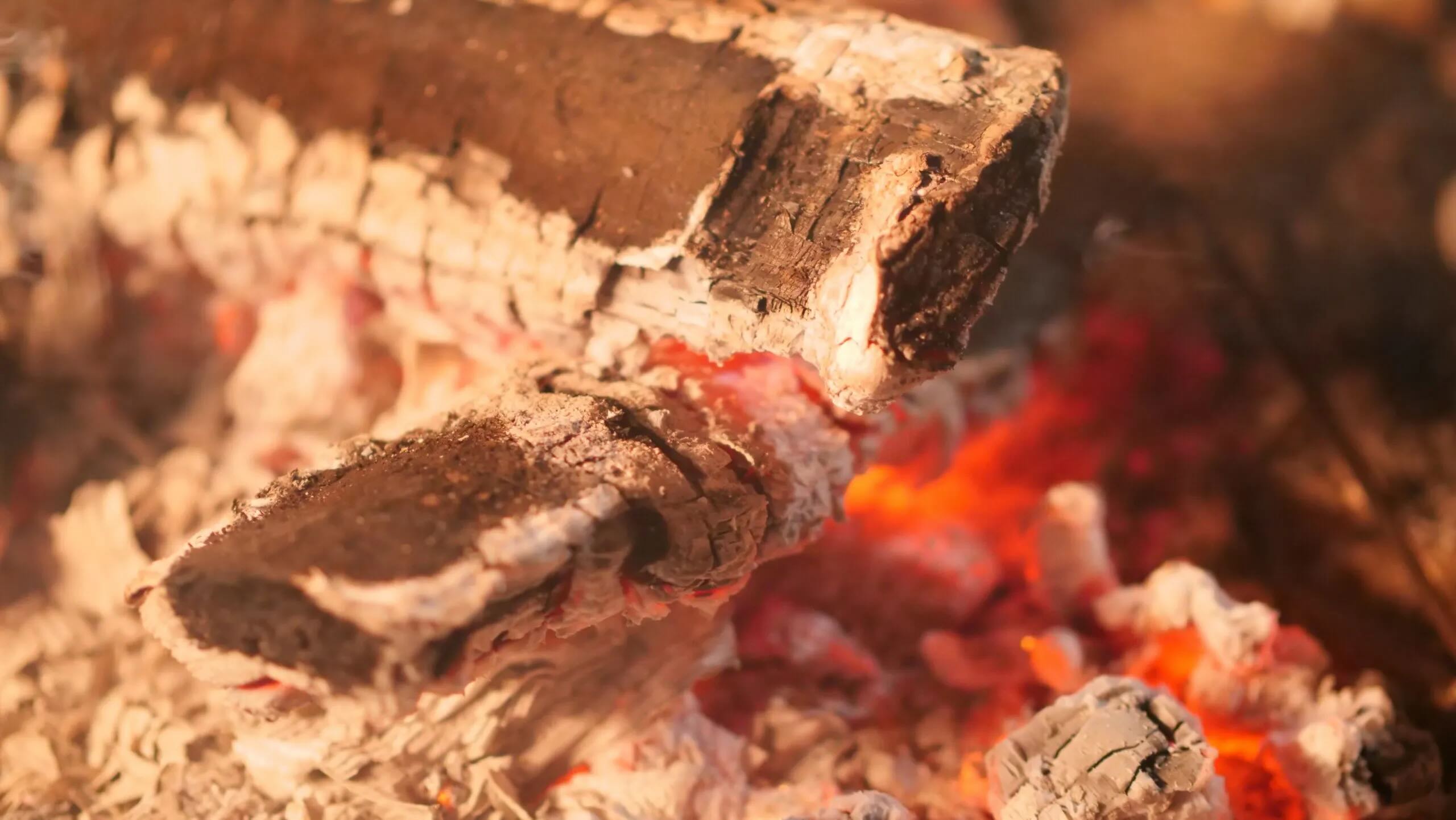
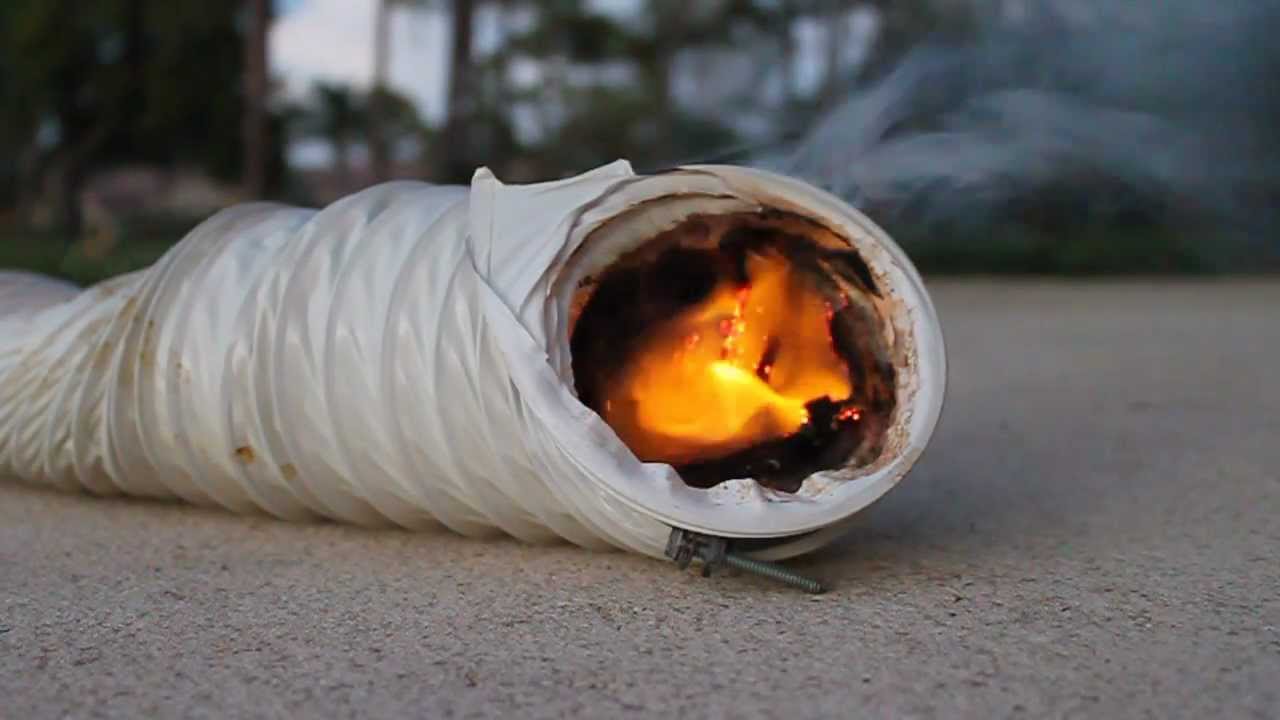
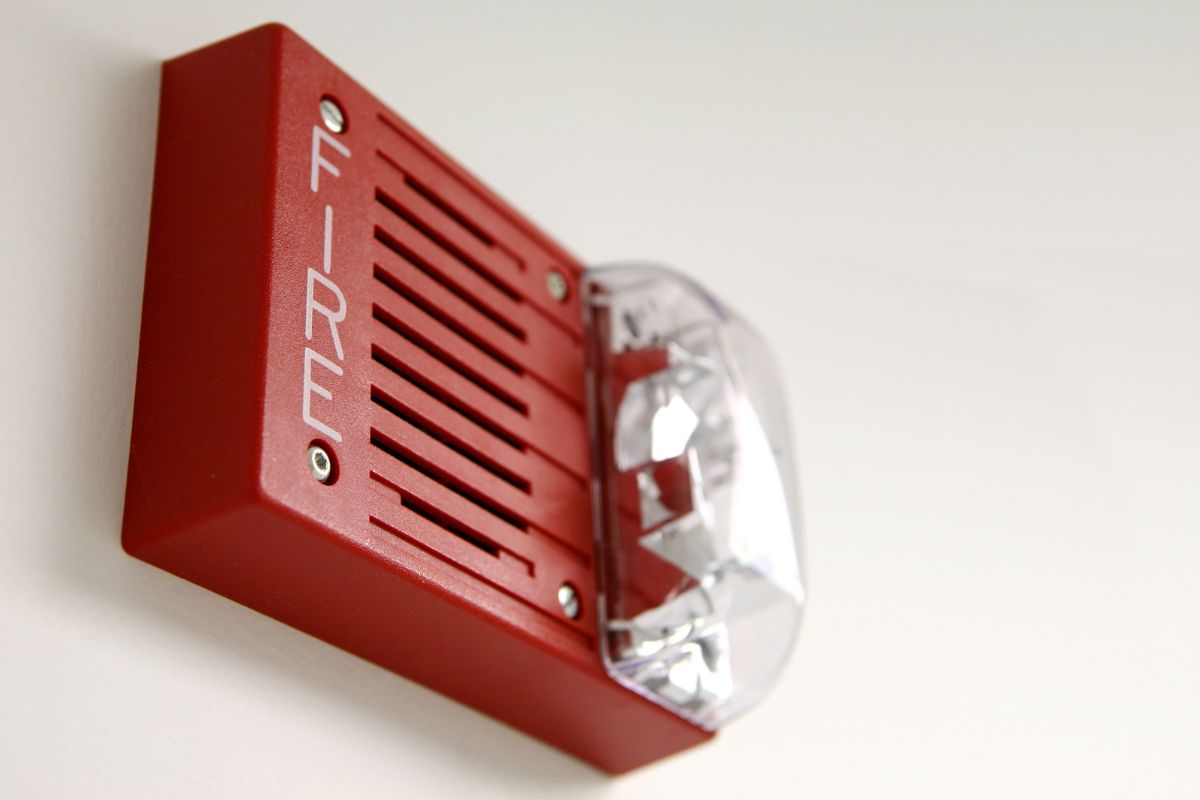
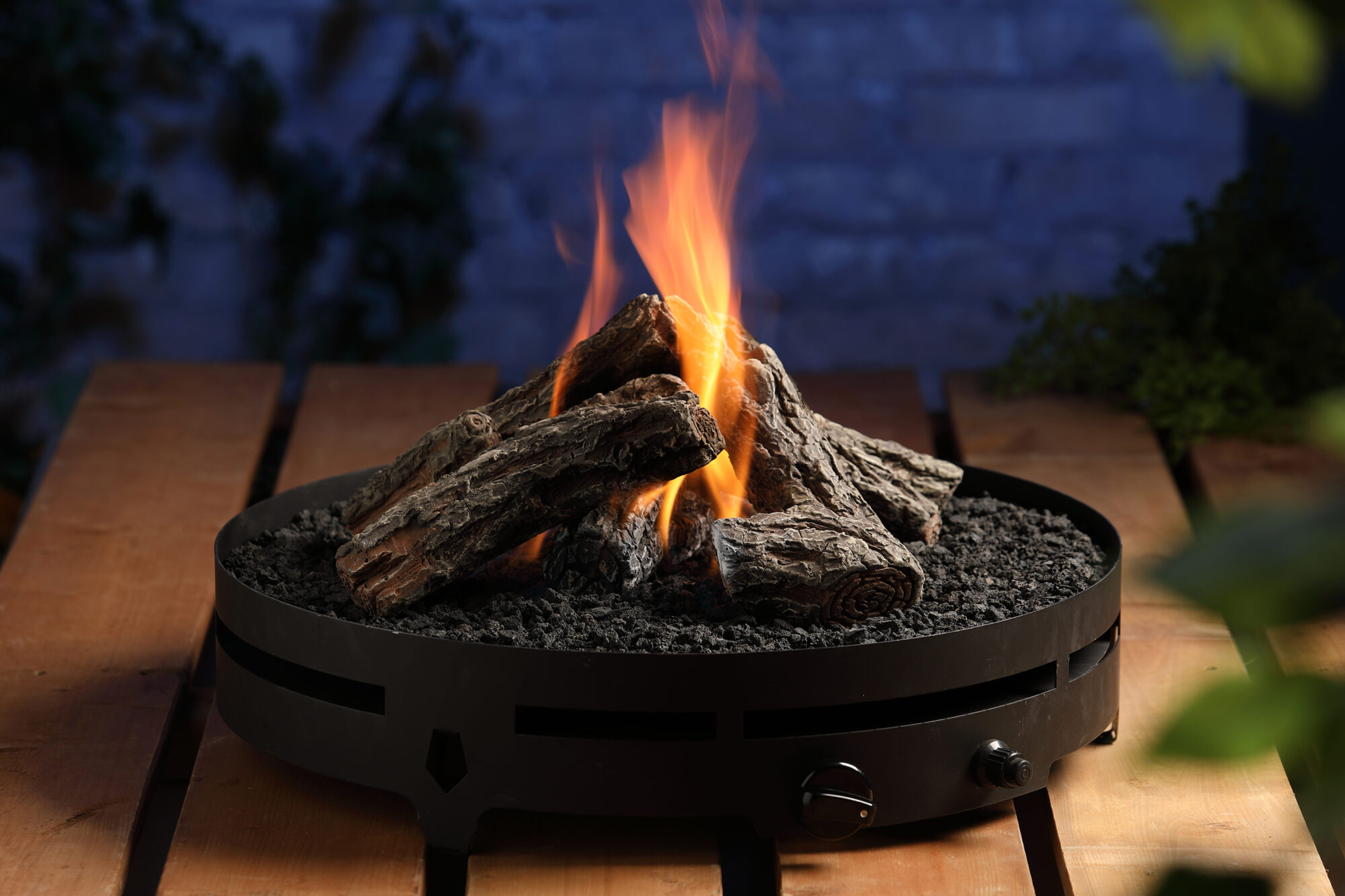
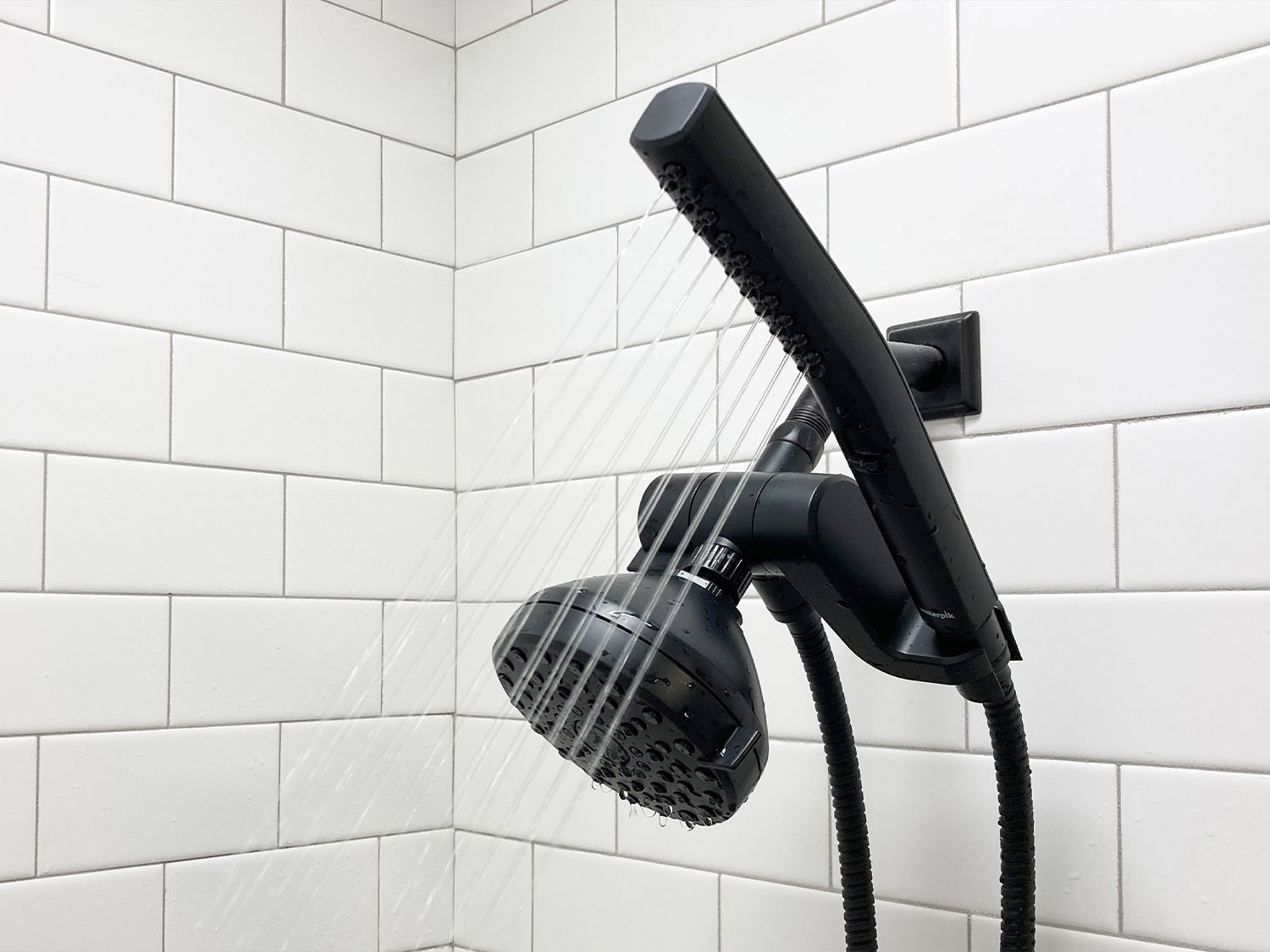
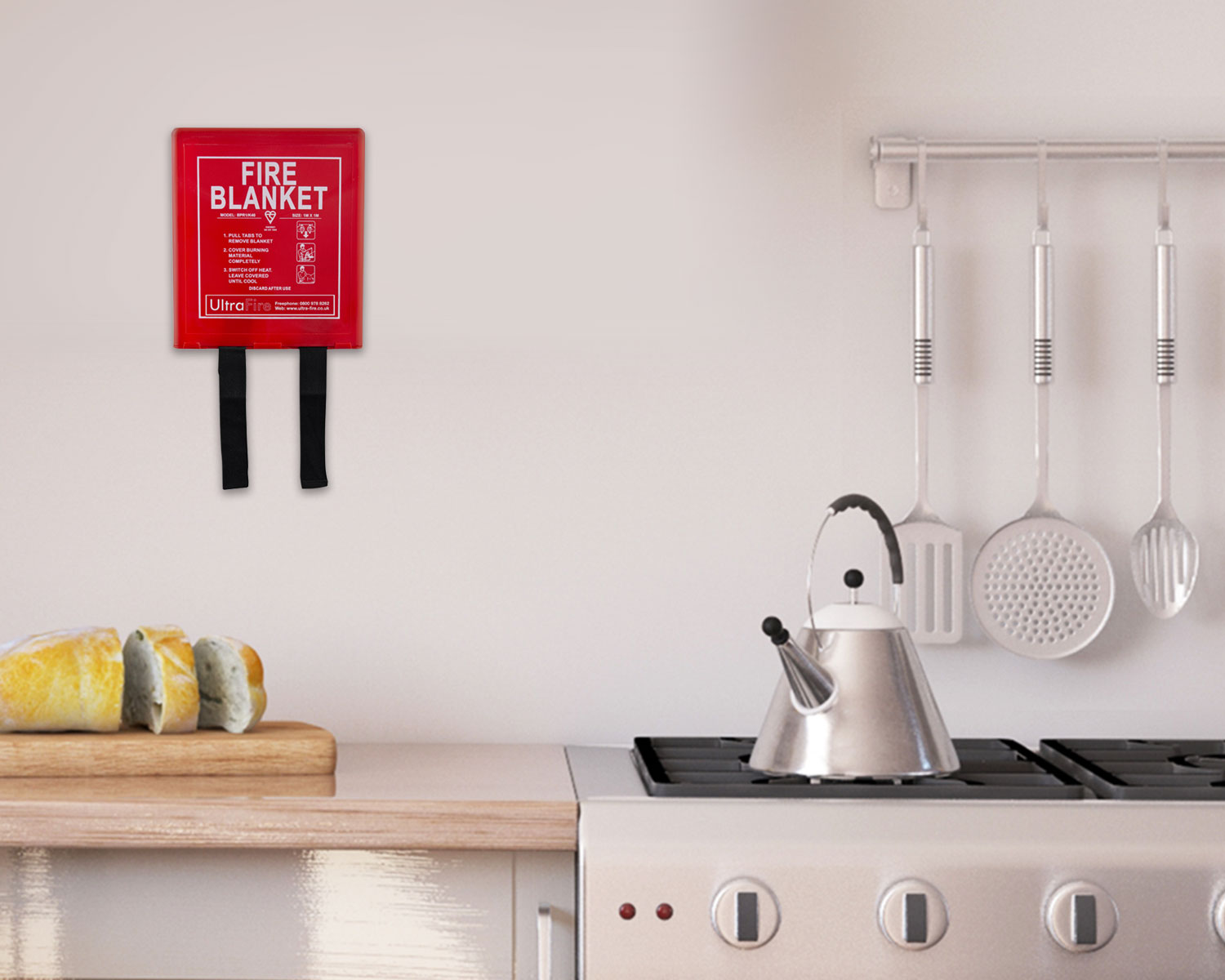

0 thoughts on “Can A Dryer Catch Fire When Off”